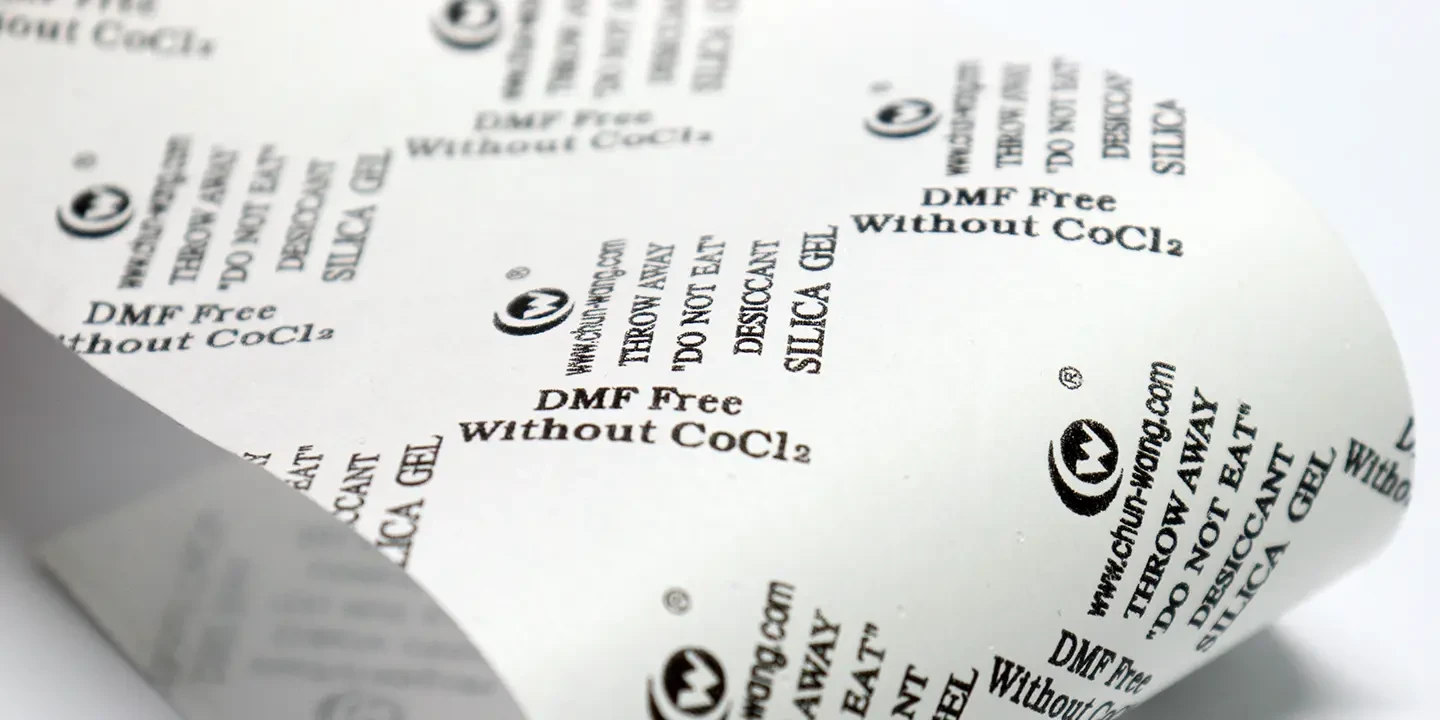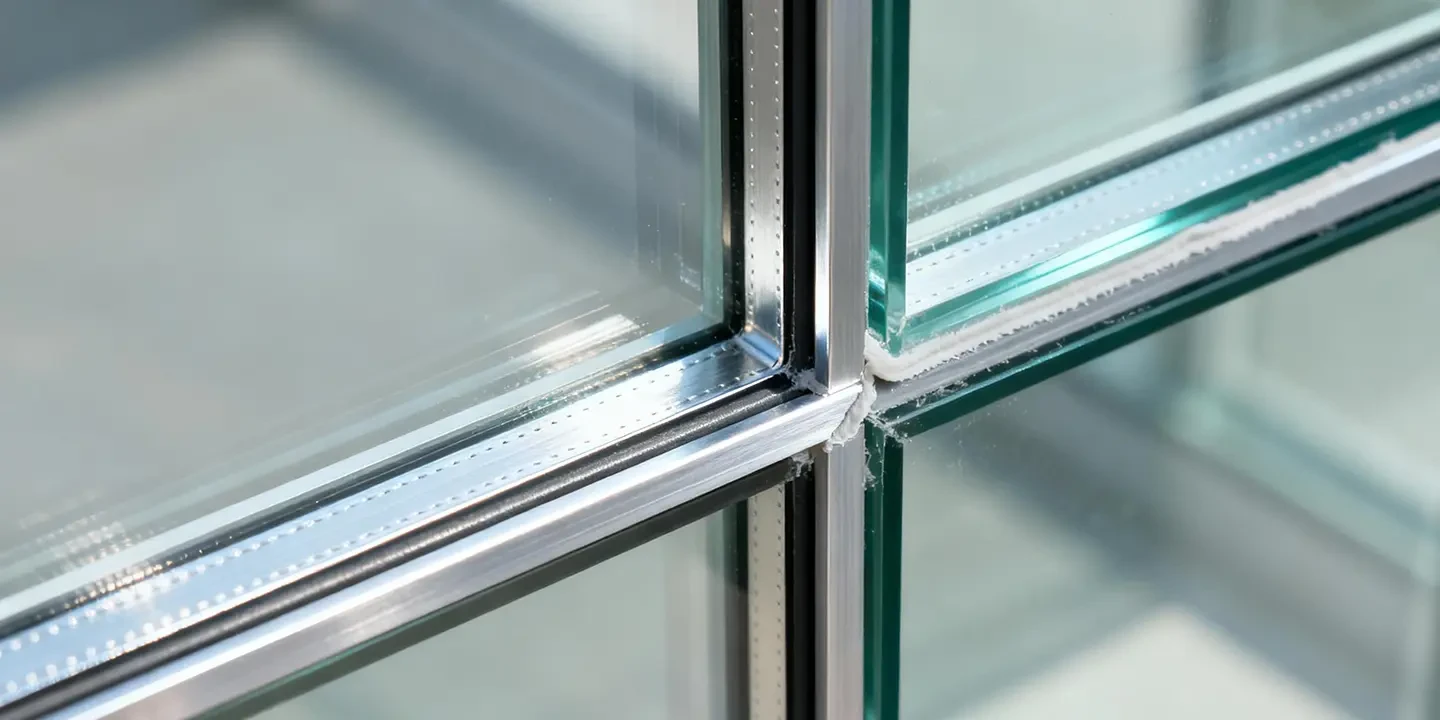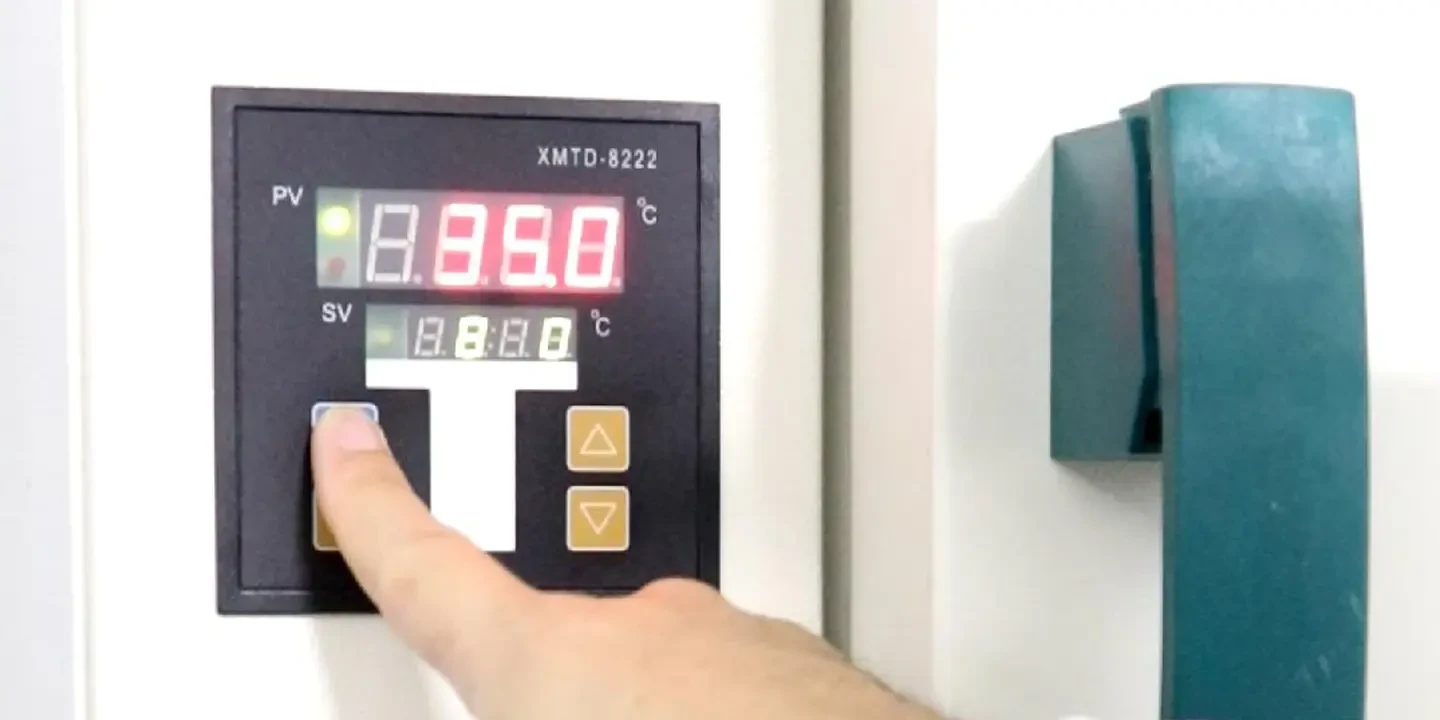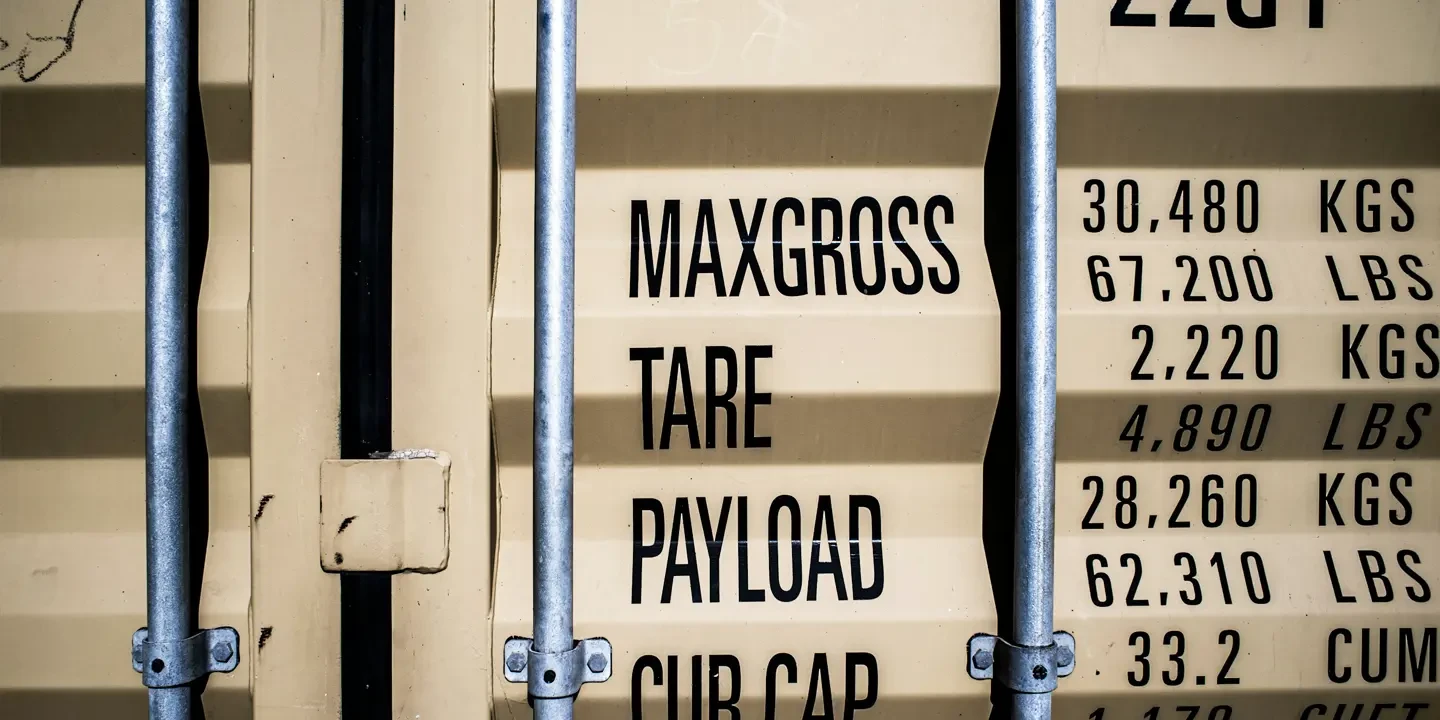DIN 55474 German Standard – is a standard published by the German Institute for Standardization (DIN) regarding the calculation of the required number of desiccant units in packaging.
The German standard DIN 55474, originally titled “Anwendung, Berechnung der erforderlichen Anzahl Trockenmitteleinheiten” in German, translates to “Calculation and Application of the Required Number of Desiccant Units.” Based on DIN 555473 (“Packaging aids – Bagged desiccants – Technical delivery conditions”), this standard regulates the proper use of desiccants and specifies the method for calculating the number of desiccant units required within a packaging system. It serves as an essential guideline for the application of desiccants.
Desiccant Unit
A “unit” of desiccant is defined as a specified quantity of desiccant that can absorb at least 6.0g of water vapor when equilibrated in air at (23±2)°C and 40% relative humidity. The number of desiccant units represents the total moisture absorption capacity of the desiccant bags.
Water Vapor Transmission Rate (WVTR)
The Water Vapor Transmission Rate refers to the mass of water vapor (in grams) that permeates through one square meter of a barrier material over a 24-hour period under specified steady-state temperature conditions.
Note: WVTR is highly influenced by the thickness and composition of the material.
Formula and Parameters for Calculating Desiccant Quantity
Formula:
n = 1/a × (V × b + m × c + A × e × WVTR × t)
Parameters, definitions, and sample values:
| Parameter | Meaning | Sample Values | ||||||
| n | Number of desiccant units | |||||||
| a | Maximum water vapor absorbed by one desiccant unit at “equilibrium humidity” (%) | Average Humidity | 20% | 40% | 50% | 60% | ||
| Parameter a | 3 | 6 | 7 | 8 | ||||
| e | Correction factor at “equilibrium humidity” | Parameter e | 0.9 | 0.7 | 0.65 | 0.6 | ||
| V | Internal volume of the packaging (m³) | |||||||
| b | Water vapor content in the air under initial packaging conditions (g/m³) | e.g., at 20°C and 85% RH, b = 15 g/m³ | ||||||
| m | Mass of moisture-sensitive packaging materials (kg) | |||||||
| c | Moisture content of packaging materials (g/kg) = (‰) | c = 80 for air-dried wood (18% RH) | ||||||
| c = 80 for wood and cardboard c = 80 for organic cushioning materials (10% RH) | ||||||||
| A | Surface area of the barrier material (m²) | |||||||
| WVTR | Water vapor transmission rate of the barrier material (g/m² per day) Tested according to DIN 53122-1 or DIN 53122-2 | Examples of WVTR for common barrier films (values provided by specific manufacturers): | ||||||
| Type of Barrier Film | WVTR under Specified Test Conditions | |||||||
| E 20/85 | B 38/90 | |||||||
| LDPE film, min. 0.2mm thickness | 0.4 | 2.0 | ||||||
| Aluminum composite film | <0.1 | 0.1 | ||||||
| Values in the table are rounded to 0.1 | ||||||||
| t | Total storage and transportation time (days) | |||||||
Further Explanation of the Calculation Method
In essence, the role of desiccants in sealed packaging is to remove moisture from three sources:
- V × b: Moisture contained in the air enclosed within the packaging at the time of sealing.
- m × c: Moisture present in the packaging materials themselves, specifically those inside the sealed package.
- A × e × WVTR × t: Moisture that permeates into the package through the barrier material during storage and transportation.
The state of “equilibrium humidity” is achieved when the desiccant maintains a stable humidity level inside the sealed packaging. As additional moisture enters, the desiccontinues to absorb it without altering the internal humidity—unless the moisture influx exceeds the desiccant’s capacity at that humidity level, in which case the equilibrium humidity will rise.







0 Comments